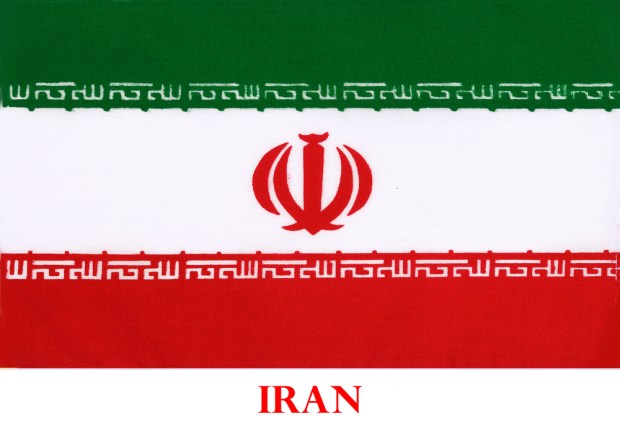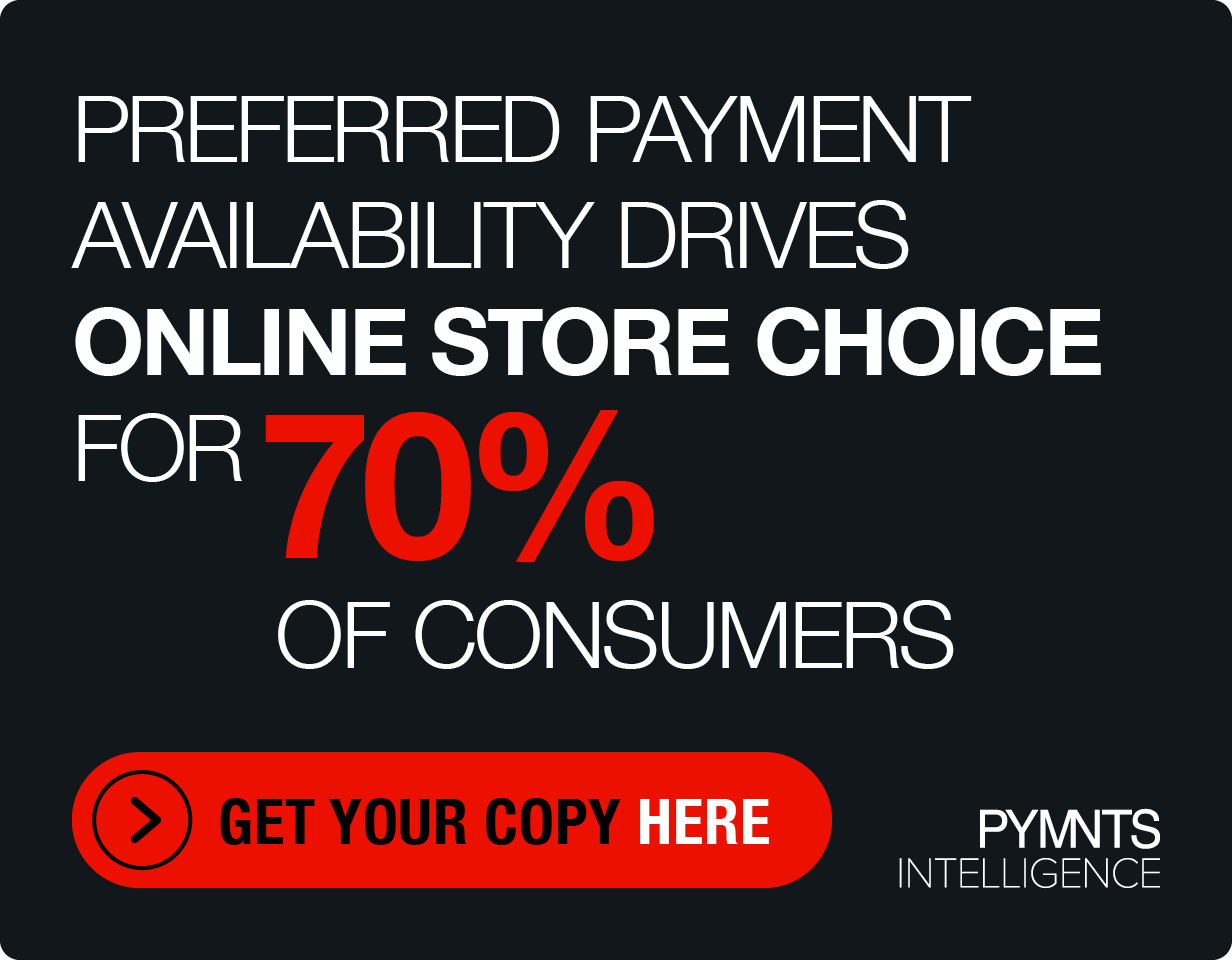Iran Faces Long Road To New Business

Iran’s banks are reconnecting to SWIFT, but banks are shying away from pushing anew into the country. Here’s what’s holding up the progress toward new investment.
Iran is open for business, and the question remains as to who will come knocking and how the money will flow.
In the wake of sanctions being lifted on the nation, most widely in Europe, the initial headlines have been focused on heavy equipment orders, which in turn hints at infrastructure and transport needs that are among the most pressing purchases Iran will need in efforts to modernize. As has widely been reported, Europe has done away with many economic sanctions after the Atomic Energy Agency said that the country had been in compliance with a deal to blunt ambitions to expand nuclear capabilities.
So now, Iran is in the process of buying, at least reportedly, more than 100 commercial airplanes from Airbus. And Siemens, which is based in Germany, has signed a memorandum of understanding (thus not legally binding) that will be tied to bettering infrastructure, specifically in rail transport.
Those are just two deals that may (or may not) help change the direct investment landscape in Iran. One topic that automatically springs to mind amid these giants coming to bear on Iran: What about payments?
Financing the deals may come through the energy industry (though admittedly that is a depressed sector as of late), with investment needed to help get the oil and gas out of the ground, with as much as $100 billion or more to get operations up to speed to get those commodities up and running.
The big news, relevant to payments and payment technology, is that at least some of Iran’s banks are able to rejoin SWIFT, the international payments messaging system. Iran just said last week that 12 of its domestic banks have been reconnected to SWIFT.
But because not all sanctions have been lifted by all players in the international community – perhaps most notably the United States – that may just be an acknowledgement that electronic payments are on the way, but at a glacial pace. The key will be some sort of uniform policy across both the United States and the European community so that cross-border activity does not run afoul of one or the other. Transactions in dollars are off the table, so euros will be the currency of necessity for now.
Beyond the headlines, it could be that the movement toward modern payments technology for Iran is a non-starter. As noted by The Guardian over the weekend, the European banking community is still a bit gun shy about entering Iran, even with the roadmap from the U.S. that includes individuals and groups that are still on the U.S. “no” list. In a field test of sorts, the paper went to 10 banks in the U.K. to see if it was possible for payments to Iran to be processed. No go. That might be a hindrance for widespread payments adoption across SWIFT, and also might be a stumbling block if the EU wants to make good on its push to quadruple trade with Iran to €28bn.
Some banks, like Deutsche, are publicly shying away from doing business in Iran – and just about everyone, reported The Guardian, is in the midst of parsing a long document from the U.S. Treasury that is centered on compliance and sanctions and that many banking officials, said The Guardian, find opaque. Hesitations seem centered on money laundering and corruption. One banker told The Guardian that there likely will be no movement by big banks to push wholeheartedly into Iran for 6 to 12 months.
